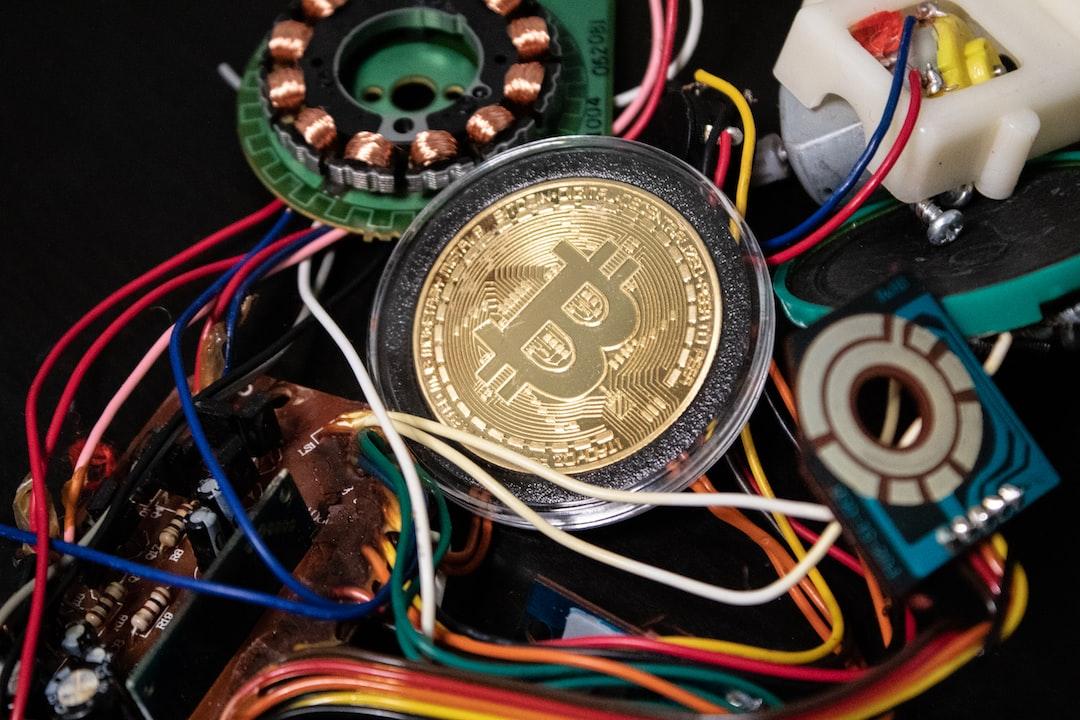Exploring the World of Bitcoin Stamps
The Intricacies of Bitcoin Stamps
Exploring SRC-20
Diving into SRC-721
Bitcoin Stamps vs. Bitcoin Ordinals: A Comparative Analysis
Delving into Data Size and Pruning
Ensuring Data Immutability and Integrity
Understanding Signature Types
The Distinctive Features and Applications of Bitcoin Stamps
Unpacking Immutability and Security
Emphasizing Accessibility and Ownership
The Importance of Interoperability and Compatibility
Addressing Challenges and Limitations of SRC20 Tokens
Navigating Scalability and Network Congestion
Ensuring Security Vulnerabilities and Auditing Concerns
Meeting Regulatory Challenges and Compliance Issues
A Final Thought on Bitcoin Stamps
Bitcoin has come a long way since its inception, evolving into a digital platform that goes beyond its initial purpose as a currency. One of the most groundbreaking innovations in this realm is the advent of Bitcoin Stamps, where digital art finds a home on the blockchain. These innovations delve into the protocols, operations, and unique characteristics of Bitcoin Stamps, distinguishing them from similar technologies like Bitcoin Ordinals.
Understanding Bitcoin Stamps
Bitcoin Stamps offer a novel approach to integrating digital artwork into the cryptocurrency network, creating a permanent, public, and accessible database. These Stamps are built on patents and operate using a standard of encoding data in unspent transactions. The convergence of Bitcoin and art through patents involves various technologies, each focusing on its unique way of connecting. Stampinfo further identifies methodologies by linking artists’ names to specific time tables. A Stamp is deemed valid only when the initial transaction message contains a valid STAMP: base64.
Exploring Bitcoin Stamps Protocols
Bitcoin Stamps rely on two key systems: SRC-20 and SRC-721.
SRC-20 is a standard of the Counterparty protocol that enables the embedding of arbitrary data, including images and artwork, into standard spendable data transactions. In contrast to Bitcoin Ordinals, where data is stored separately, SRC-20 integrates data directly into transaction outputs.
SRC-721, on the other hand, is an innovation within Bitcoin Stamps theory that facilitates the quick creation of non-fungible tokens. By dividing images into optimized layers, SRC-721 ensures cost-effective creation of high-quality NFT stickers. Both systems allow for the inclusion of digital artwork and assets within the Bitcoin network.
Comparing Bitcoin Stamps and Bitcoin Ordinals
When it comes to data size and pruning, Bitcoin Ordinals allow for data pruning as they are stored separately, while Bitcoin Stamps embed data directly into UTXOs. This difference affects the resistance of data to deletion operations, with Bitcoin Stamps offering higher resilience. Additionally, Bitcoin Stamps provide enhanced data security through multi-signature frameworks, ensuring stringent data protection.
Unique Traits and Applications of Bitcoin Stamps
Bitcoin Stamps boast unique characteristics and applications that distinguish them from other inscription technologies. Their focus on immutability and security, accessibility and ownership, as well as interoperability and compatibility, sets them apart in the digital art world. By utilizing proprietary protocols like SRC-20 and SRC-721, Bitcoin Stamps offer a secure and decentralized environment for creators and collectors to engage with digital art.
Challenges and Limitations of SRC20 Tokens
SRC20 tokens face challenges related to scalability, network congestion, security vulnerabilities, and regulatory compliance. Developers must navigate these obstacles to ensure the smooth operation and adoption of SRC20 tokens within the blockchain ecosystem.
In conclusion, Bitcoin Stamps represent a new frontier in digital art and blockchain technology. By embedding digital art within the Bitcoin blockchain, these Stamps open up new possibilities for creators and collectors alike. Through innovative protocols and a focus on security and accessibility, Bitcoin Stamps are set to revolutionize the digital art sector and drive creativity and inclusion in the ever-evolving world of cryptocurrency.

